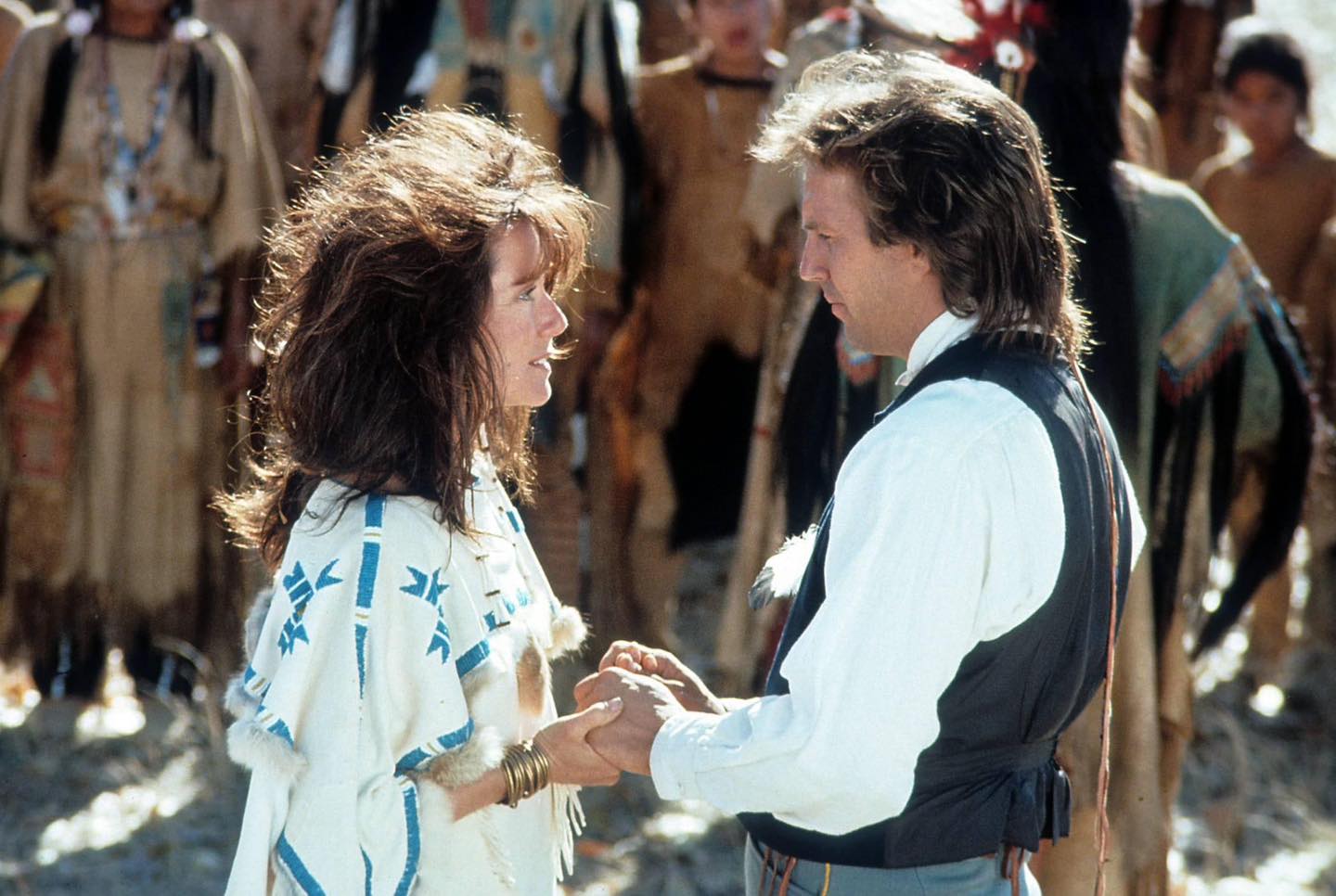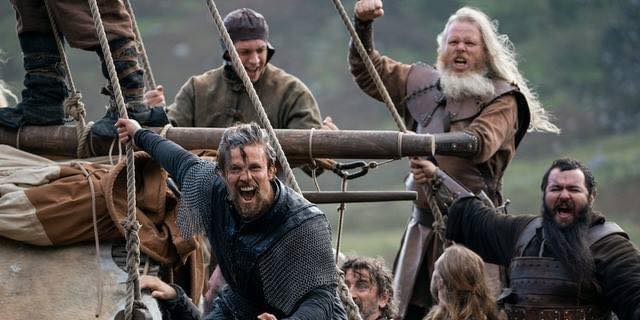Exploring the Legacy of Dances with Wolves – A Cinematic Journey into the American Frontier

Dances with Wolves is not just a film; it’s a powerful cinematic experience that delves into the heart of the American frontier during a transformative period in history. Directed by and starring Kevin Costner, this 1990 epic film tells the story of Lieutenant John Dunbar, a Union soldier who is posted at a remote outpost on the Great Plains during the Civil War. What unfolds is a deeply moving narrative that examines the complex relationships between the white settlers and Native American tribes during the westward expansion of the United States.
A Story of Cultural Encounter and Transformation
At the center of the film is Lieutenant John Dunbar, whose solitary assignment at the frontier outpost leads him into an unexpected relationship with the Lakota Sioux tribe. Initially seen as an outsider, Dunbar gradually earns the trust of the tribe, particularly through his interactions with the warrior Wind In His Hair and his evolving relationship with Stands With A Fist, a white woman who was captured and raised by the Sioux. Through these relationships, Dunbar begins to understand and appreciate the rich cultural traditions of the Sioux, leading to a transformation of his own identity.

The film poignantly captures the tension and eventual understanding between two vastly different cultures. Dunbar’s journey from being a solitary soldier to becoming “Dances with Wolves,” a man accepted and named by the Sioux, symbolizes a broader theme of cultural reconciliation and personal redemption.
Cinematography and Setting: The American Landscape as a Character
One of the most striking aspects of Dances with Wolves is its breathtaking cinematography, which earned the film an Academy Award. The vast, sweeping landscapes of the Great Plains serve not just as a backdrop, but as a character in their own right, embodying the untamed beauty and harsh reality of the American frontier. Cinematographer Dean Semler masterfully captures the expansive prairies, the endless skies, and the natural world that plays a crucial role in the lives of both the settlers and the Native American tribes.

The film’s visual grandeur is matched by its attention to historical detail, with authentic costumes, props, and settings that immerse the audience in the period. This meticulous recreation of the 19th-century frontier adds to the film’s authenticity and helps to convey the vast cultural and environmental changes taking place during that time.
Themes of Identity, Cultural Understanding, and Loss
Dances with Wolves is a film rich in themes that resonate with audiences even decades after its release. At its core, the film explores the search for identity, as Dunbar’s experience with the Sioux leads him to question his previous life and loyalties. The film also addresses the theme of cultural understanding, as it depicts the deep bond that can form between individuals from different backgrounds when they seek to understand and respect each other’s ways of life.
However, the film also does not shy away from the darker aspects of this historical period. The impending threat of westward expansion and its devastating impact on Native American communities is a constant undercurrent in the story. The film highlights the loss of culture, land, and life that Native Americans faced as the frontier was settled by Europeans and Americans.
A Legacy of Influence and Recognition
Dances with Wolves was a critical and commercial success upon its release, earning seven Academy Awards, including Best Picture and Best Director for Costner. It is often credited with revitalizing the Western genre, bringing a new level of depth and sensitivity to a genre that had often depicted Native Americans in a simplistic or stereotypical manner.
The film’s legacy extends beyond its awards and box office success. It has inspired discussions about representation in film, particularly concerning Native American cultures, and has been praised for its efforts to portray the Sioux people with respect and authenticity.
Conclusion
Dances with Wolves remains a timeless film that continues to captivate audiences with its story of cultural encounter, its stunning portrayal of the American landscape, and its exploration of identity and loss. Through the eyes of Lieutenant John Dunbar, the film invites viewers to reflect on the complex history of the American frontier and the enduring impact of cultural understanding and empathy.











